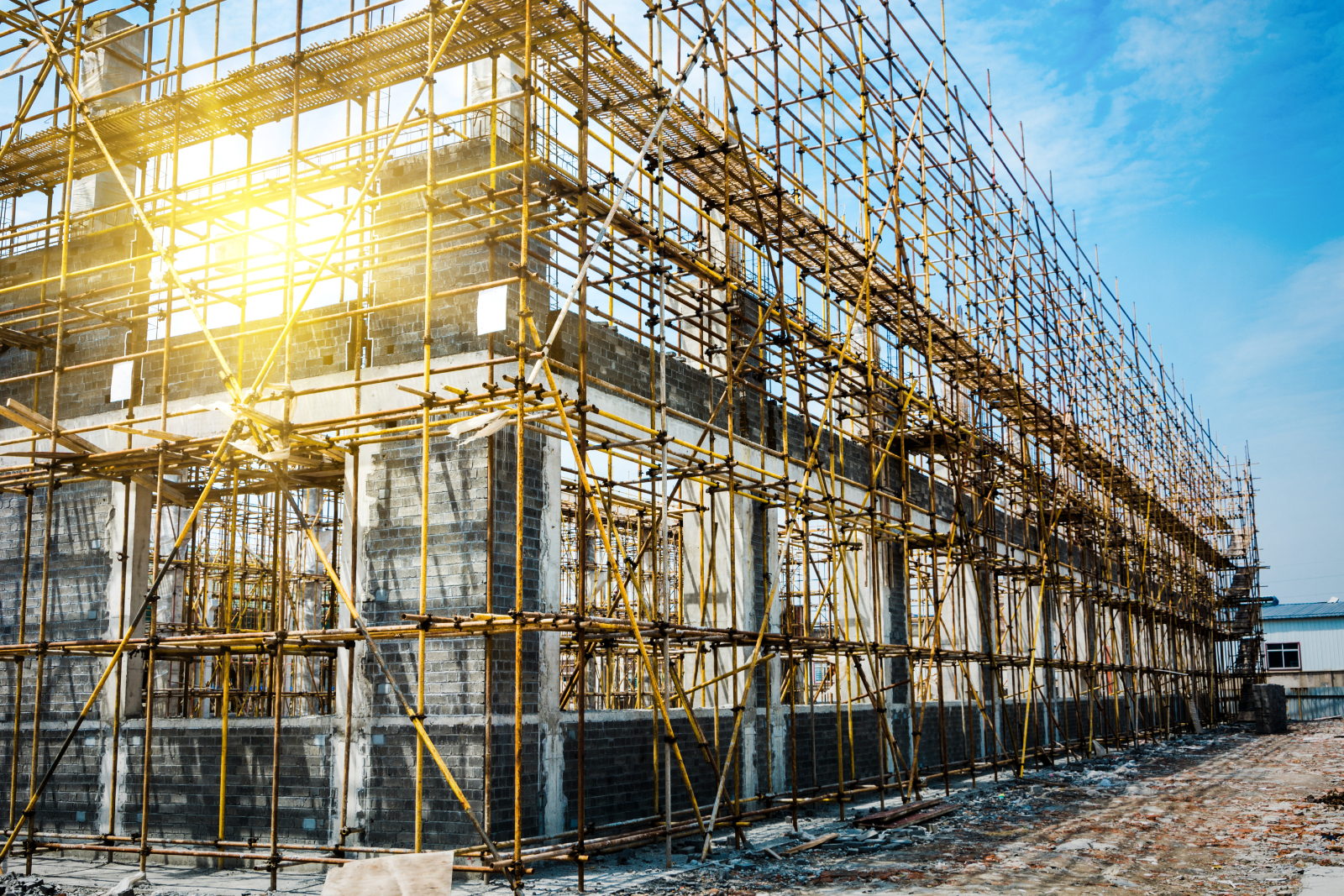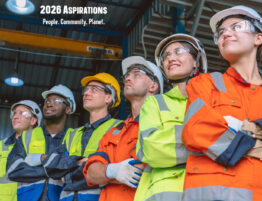
Whether it’s a small-scale conversion project or a large commercial development, the contractors and sub-contractors involved will have an impact on the community they’re entering into.
In all likelihood, the work will be carried out in a location where some people live, work or spend their leisure time and that means there are several areas of concern which should be taking into consideration – particularly the appearance of the site, noise control and the logistical arrangements.
How members of the public react to these impacts will largely depend on how well a contractor engages with them. So, in this week’s blog, we’re exploring why keeping good relationships with local communities is so important to the success of any building project and what can be done to maintain a reputation as a considerate contractor.
The impact of construction
When a construction site springs up, there are generally three main ways in which this impacts on the local area and community. These are:
1. Appearance
While developers, architects, contractors and others who are directly involved tend to look upon new construction sites as exciting projects that have loads of potential, the average person from the local community will probably see it as something of an eyesore! Even if they know what lies ahead will be an improvement, the actual period of construction will probably be visually unappealing to them.
2. Noise
Our industry has regulations in place which state the levels at which noise becomes unreasonable and, in order to keep working, most contractors will ensure they stick to the rules. However, there’s no getting around the fact that, even within the limitations, the noise of machinery and manual labour can still be disruptive.
3. Logistical
Construction sites can also create access issues for members of the public. A road diversion may be in place or perhaps a normal pedestrian route has to be cordoned off for safety reasons. The impact of this will be felt, whether it’s a short-term matter (perhaps as deliveries are made to the site) or over a longer period.
What can you do?
Although it might be tempting to think these things are temporary and just have to be ‘tolerated’, members of the public who are inconvenienced by a construction site are likely to disagree. Bad feeling can lead to complaints which in turn can cause delays and damage to your company’s reputation. A poor reputation is not great for securing future work.
To avoid this, it is wise to engage with the local community from an early stage and throughout the project (including with the council, businesses, schools, other organisations and the general public). This will help demonstrate your concern for the issues mentioned above and give you the opportunity to explain what will happen as the work progresses. Here are three ways you might do this:
1. Use hoardings
Most construction sites have to include hoardings to keep the public away from the work and potential hazards. Without detracting from their use as safety and security barriers, these kind of hoardings can also be perfect for large-format advertising.
By applying graphics to the hoardings, you could use these for communication purposes (informing the public about the project, providing contact details and answering key questions) and/ or for visual effect (perhaps using artist-impressions of the end-result to hide the ongoing works).
2. Go digital
These days, one of the best ways to ensure there’s communication between your site and the public is to use social media. Whether that’s Facebook, Twitter, LinkedIn or any other platform, it’s important to remember that managing these pages will take a bit of time and effort but, once set up, it’s fairly straight-forward to post updates about your project and receive feedback.
You may have to deal with some people’s frustrations but it’s better to deal with them than ignore them, so respond quickly and politely. If you find something specific is causing a concern (e.g. noise or traffic disruption), acknowledge that with an apology along with explanation as to what is being done to improve the situation
3. Get face-to-face
If the works being carried out are significant, using hoardings and social media alone might not be enough and engaging with people face-to-face could be more effective. You might, for instance plan a meeting in a local community facility where members of that community can have their questions or concerns addressed in person. As well as offering reassurance, getting in front of people is a great way of showing you’re serious about responding to local needs.
Making a positive impression
A construction project usually has a positive outcome for a community – helping to create new homes, refurbishing disused or damaged buildings or leading to additional local facilities or services. However, if it’s handled badly, the construction process has the potential to cause problems, both for the community and the contractor.
By adopting good community engagement practices such as those mentioned in this blog, construction companies can avoid this. The key to good relationships is managing expectations so, whatever channel of communication you choose, the aim should be to acknowledge the things that people might have concerns about and make sure everyone knows what to expect at each stage of the project.
Doing this should help the public to see beyond the temporary disruption, understand clearly what’s going on and appreciate the value that is being added to their community.
14.09.2022
Feature image: Freepik








